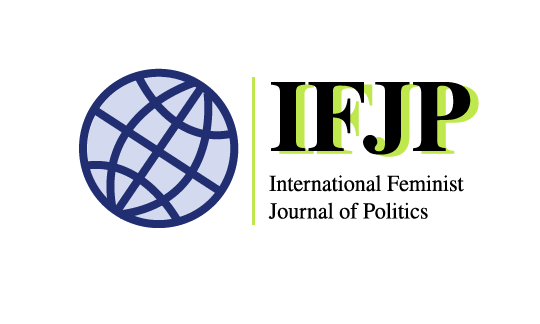In this article, Jenna Sapiano and Natasha Singh Raghuvanshi argue that the negotiations leading up to the adoption of the two most recent resolutions of the Women, Peace, and Security agenda of the United Nations Security Council, and the modifications made to the final accepted language, reveal how the mechanisms designed to protect and advance women's rights can also be employed to undermine them.
Read MoreFlorence Waller-Carr explores the instrumentality and power of emotions in policy spaces and frameworks using analysis of the Women, Peace and Security Agenda to argue that language is embedded with emotion and produced in systems of power within historical and cultural contexts.
Read MoreEvelyn Pauls asks feminist scholars to take participatory methodologies seriously by reflecting on participating filmmaking.
Read MoreDipti Tamang explores the relevance, limitations and challenges to the WPS agenda in the context of the conflicted regions of Eastern India.
Read MoreNayia Kamenou argues that when critically employed by local actors, national and transnational discourses and paradigms prompt feminist politics of peace.
Read MoreA more comprehensive assessment of impact would benefit from an in-depth analysis of how the implementation of Women, Peace and Security measures have contributed to changes in dominant notions of masculinity within military organizations, or how they have impacted on male perceptions of women, both in the organization and outside of it.
Read More
